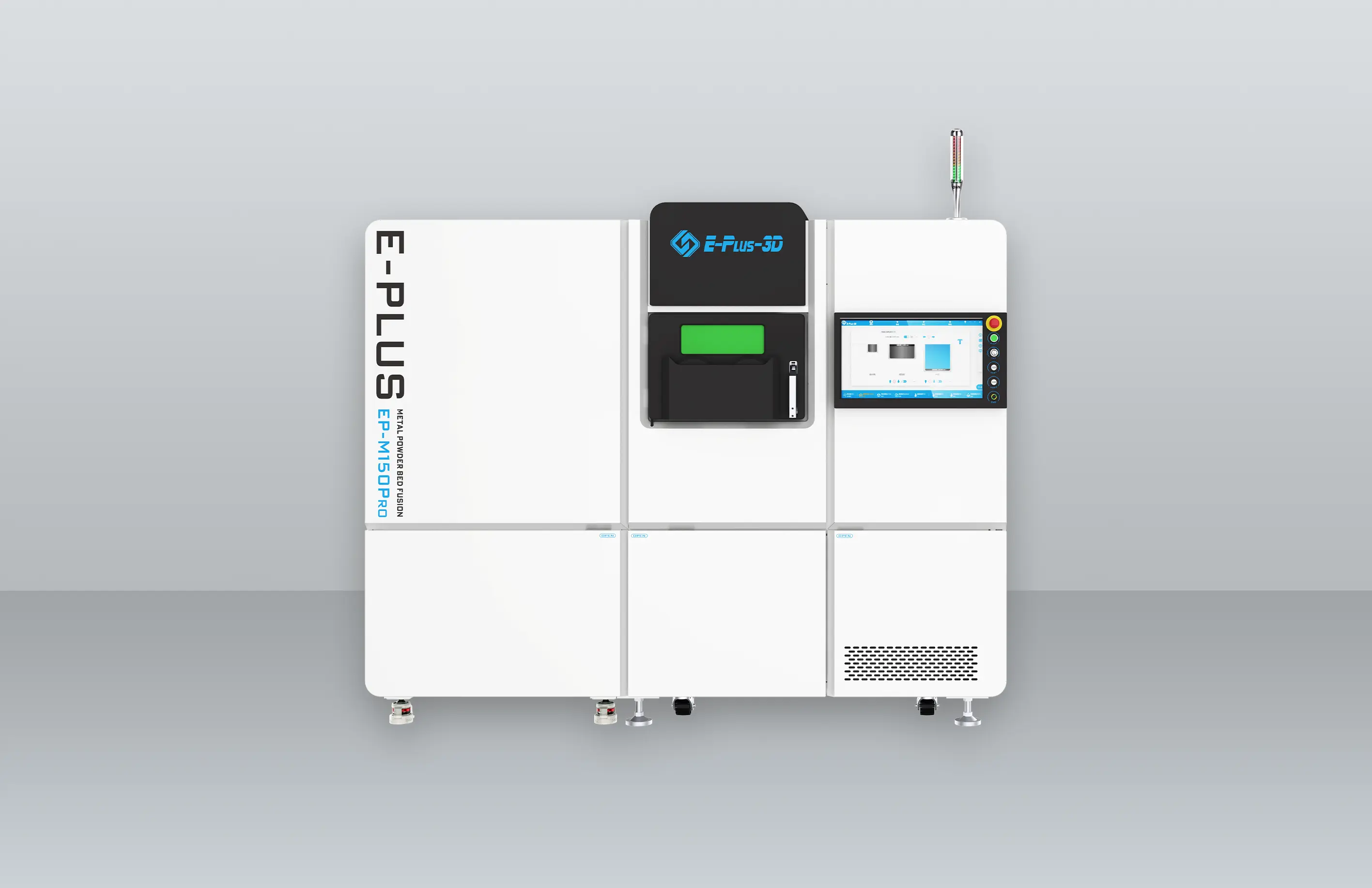Titanium alloys are widely used in many fields, especially in aerospace filed, because of their high strength, low density, high corrosion resistance, and good biocompatibility.
With its high strength and low density, less material can be used to achieve the required strength, making titanium an important material for reducing fuel costs. Meanwhile, the lightweight and high-temperature properties make titanium possible to produce parts with high unit strength, good rigidity and low mass, such as blades, cartridge receiver and other parts that operate in the low-temperature section of engine fans and pressurizers.
Simultaneously, additive manufacturing (AM) has shown unique advantages in the preparation of precision, complex titanium alloy components, and therefore has gradually become the mainstream of the titanium alloy manufacturing process (ACS Biomaterials Science & Engineering, 2020).
Advancements are reshaping the aerospace industry as 3D printing technology, coupled with the versatility of titanium alloy, revolutionizes the manufacturing of critical components. Let's explore how this duo is propelling aerospace innovation to new heights.
Engine Components: From turbine blades to high-pressure parts, 3D printing with titanium alloy delivers precision and durability for engine components in aircraft and spacecraft.

Guider
Structural Elements: The lightweight yet robust nature of titanium alloy makes it ideal for crafting structural components like wings and tails, enhancing strength and fuel efficiency.

Satellite Lightweight Structural components
Internal Components: Fuel nozzles, air inlets, and other corrosion-resistant internal components are now seamlessly produced using 3D printing techniques with titanium alloy.

Active Cooling Section
These innovative applications showcase the transformative capabilities of 3D printing with titanium alloy in aerospace, enabling complex designs, customized production, and heightened performance standards. Let us embrace the future of aerospace engineering with these groundbreaking technologies.
Reference:
ACS Biomaterials Science & Engineering. Promotion of Osseointegration between Implant and Bone Interface by Titanium Alloy Porous Scaffolds Prepared by 3D Printing. August, 12, 2020.


























